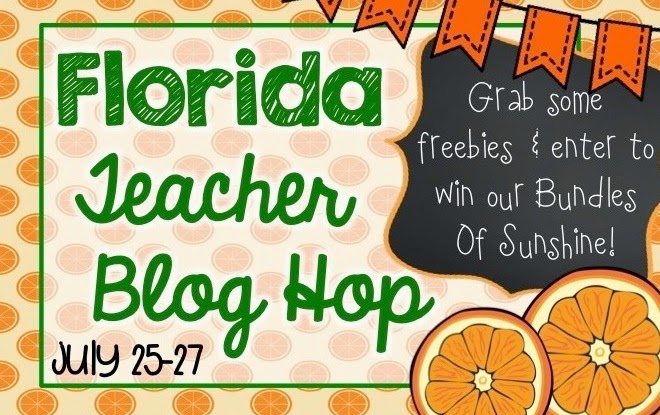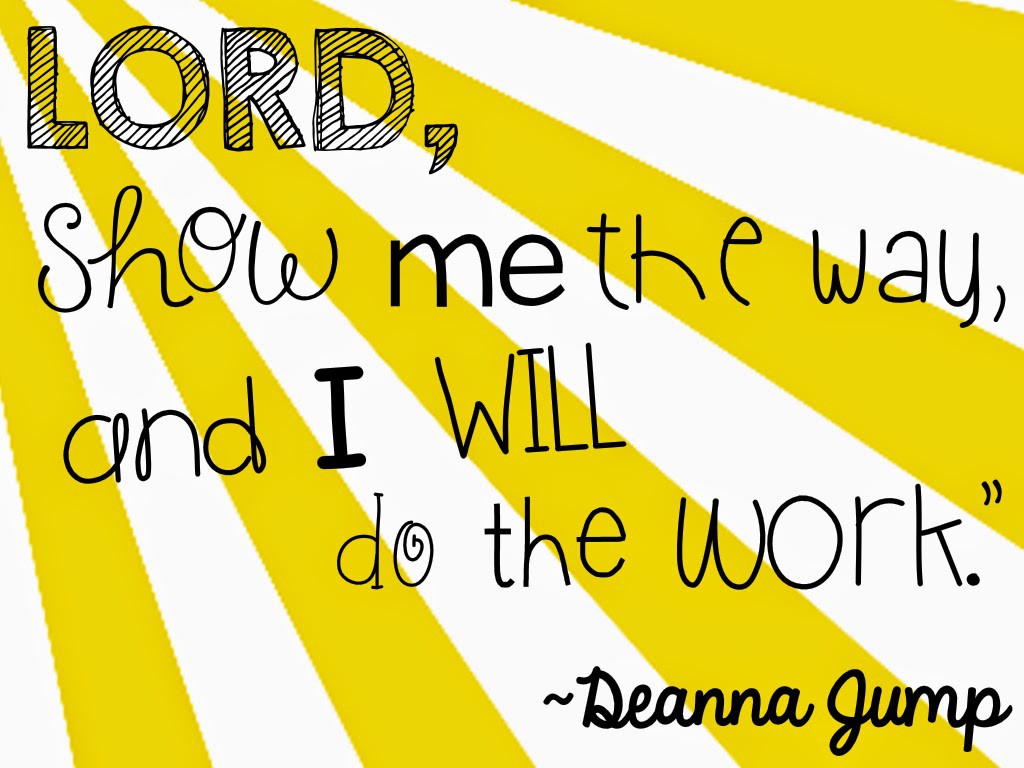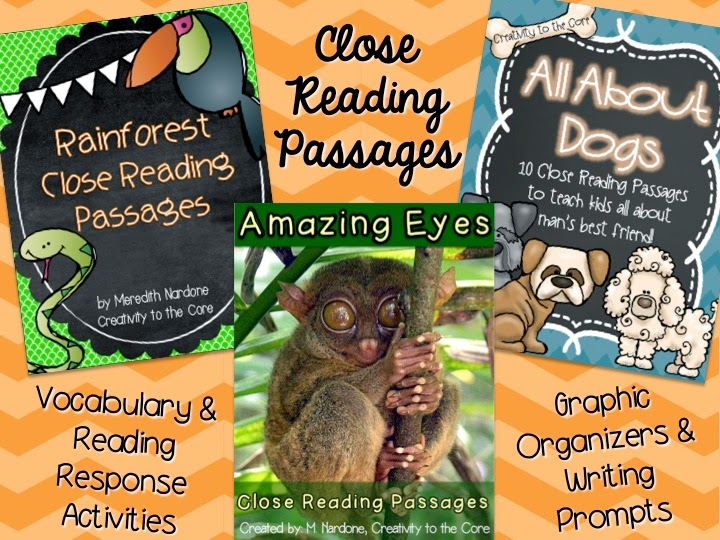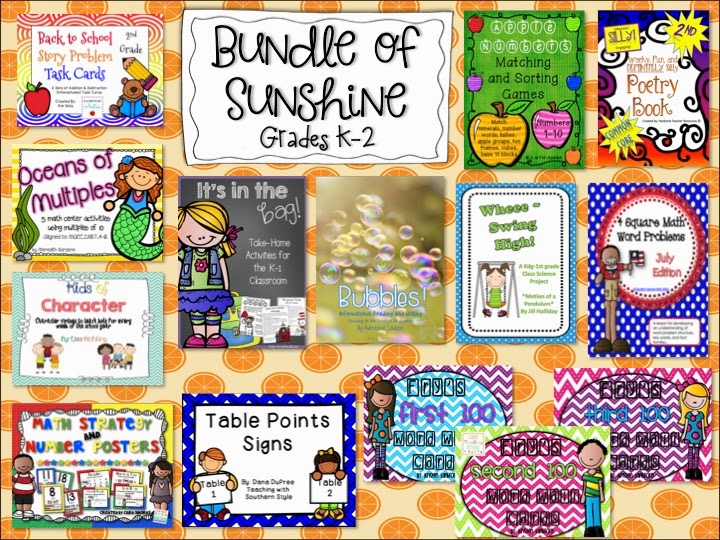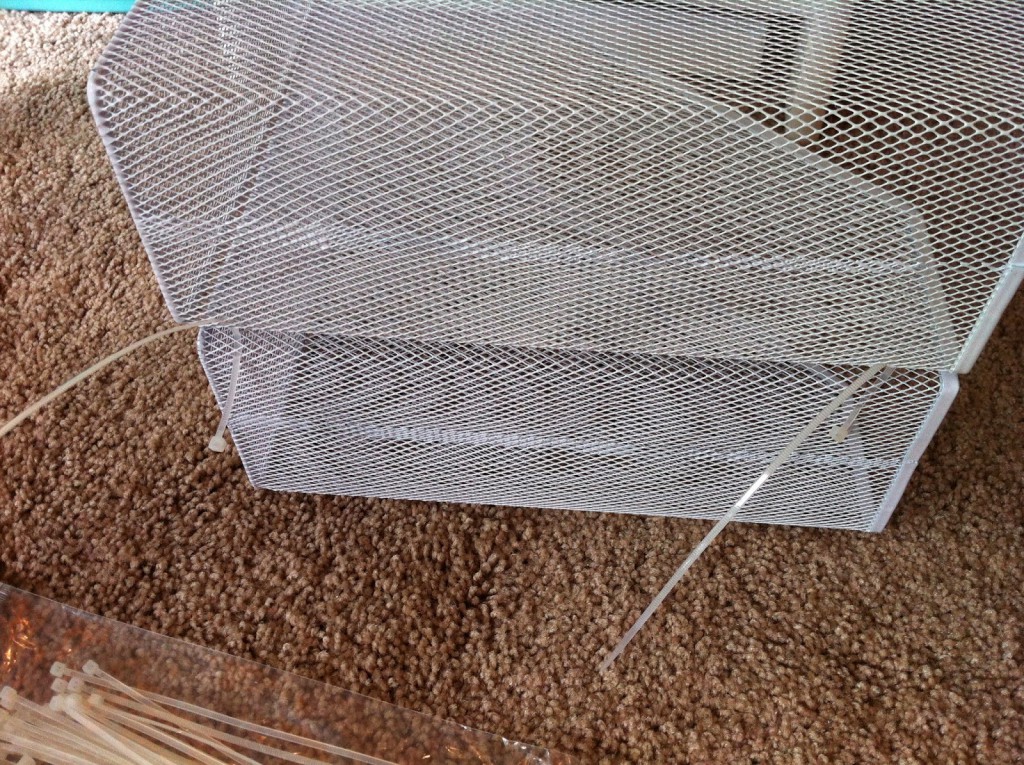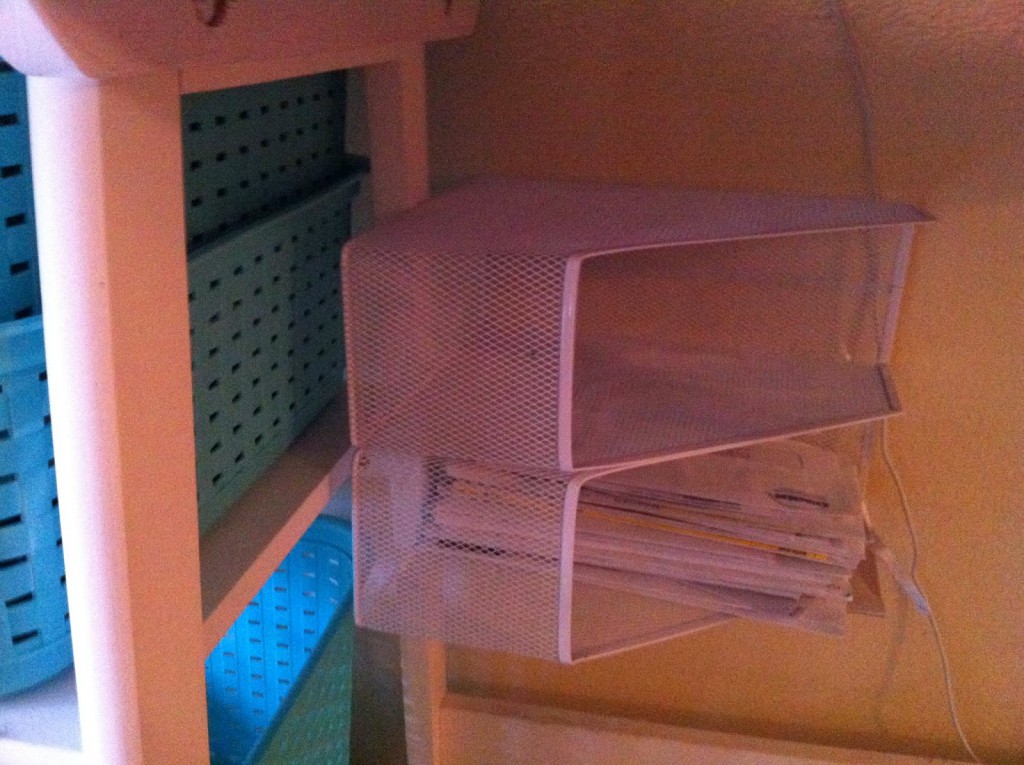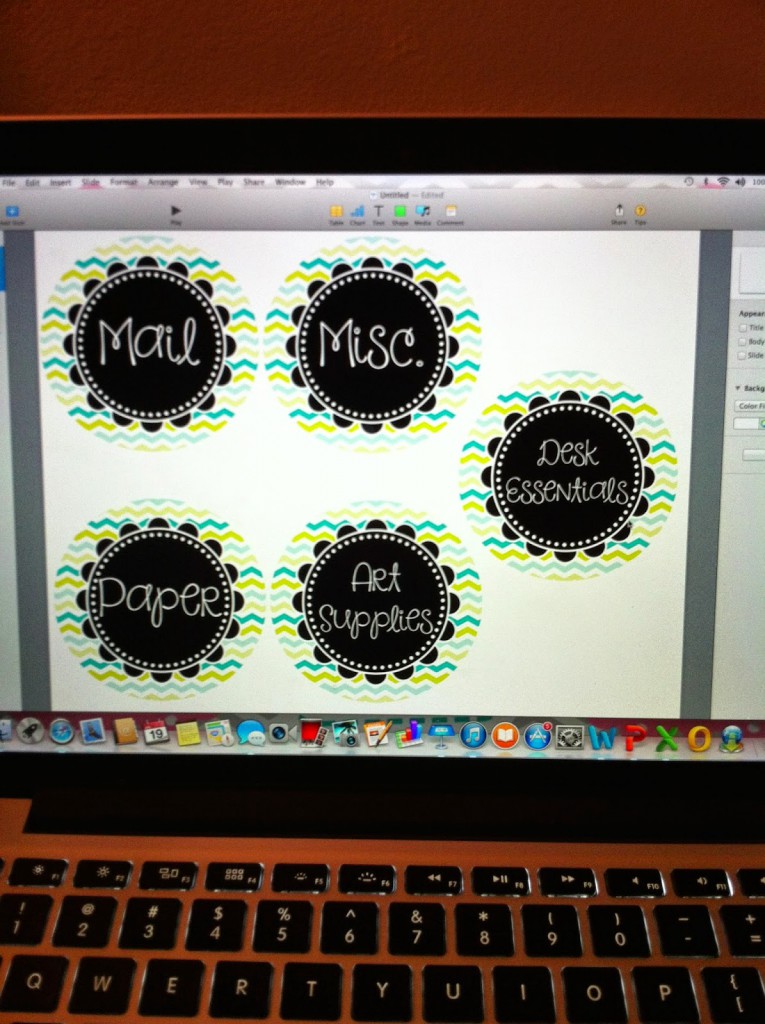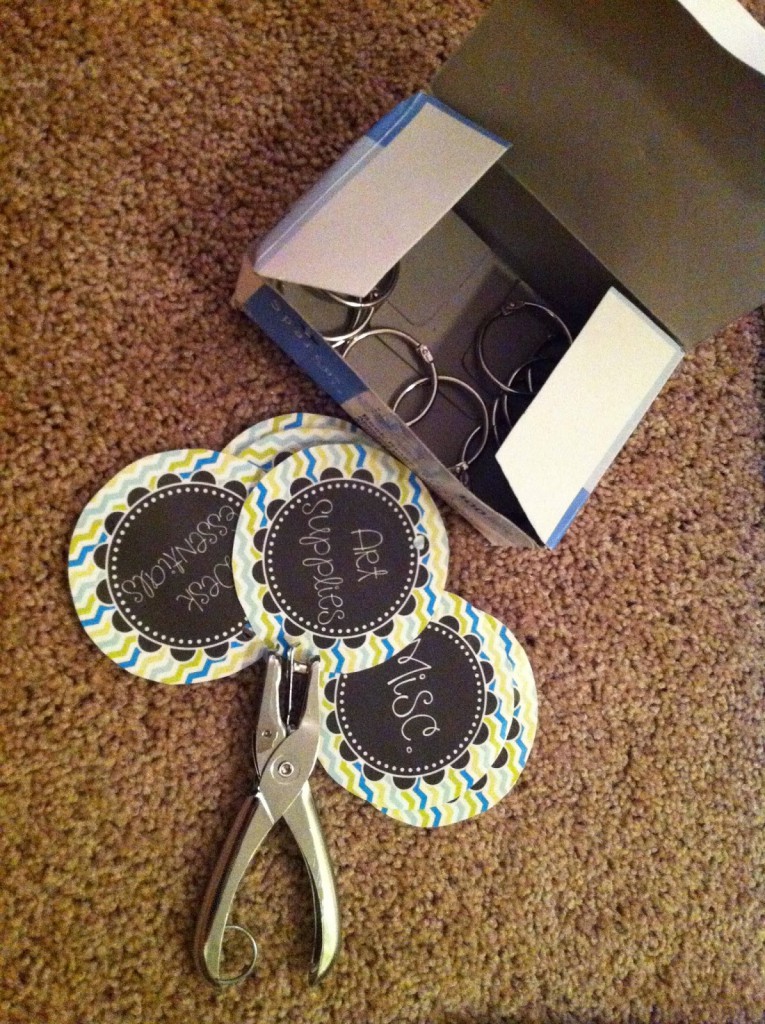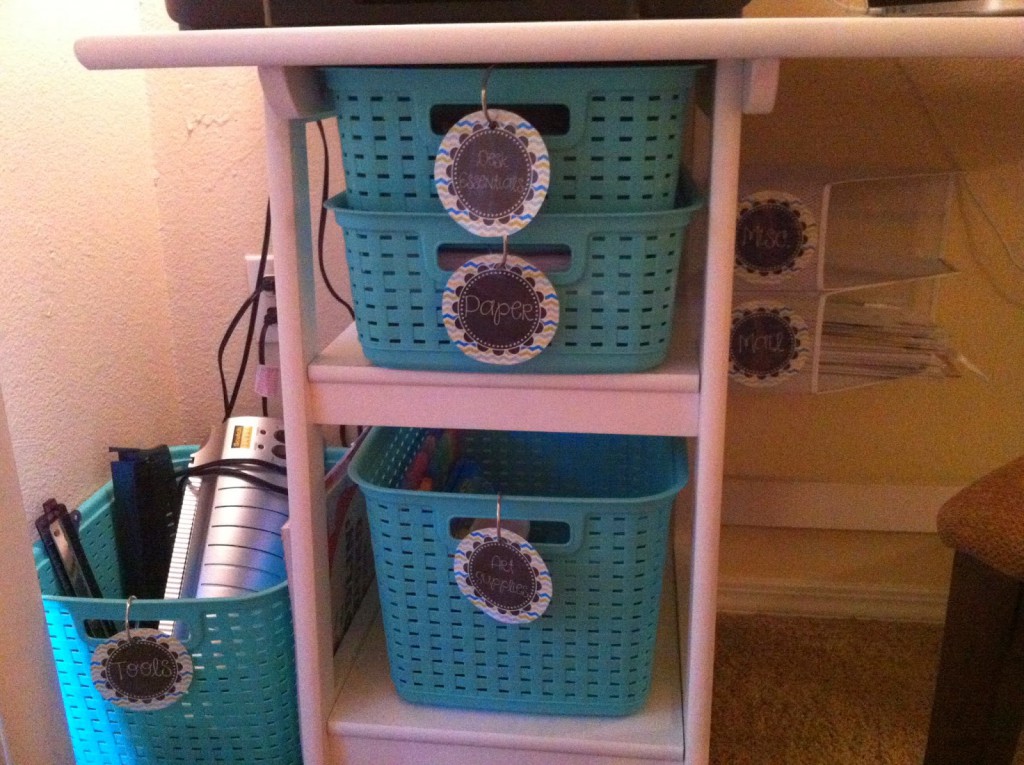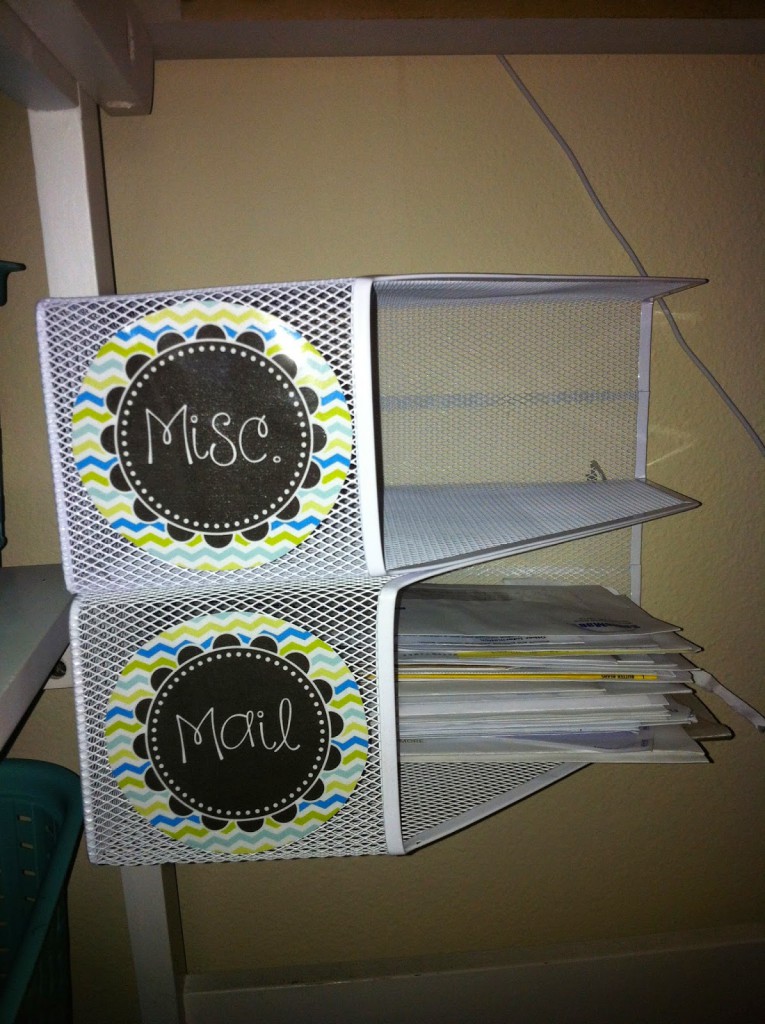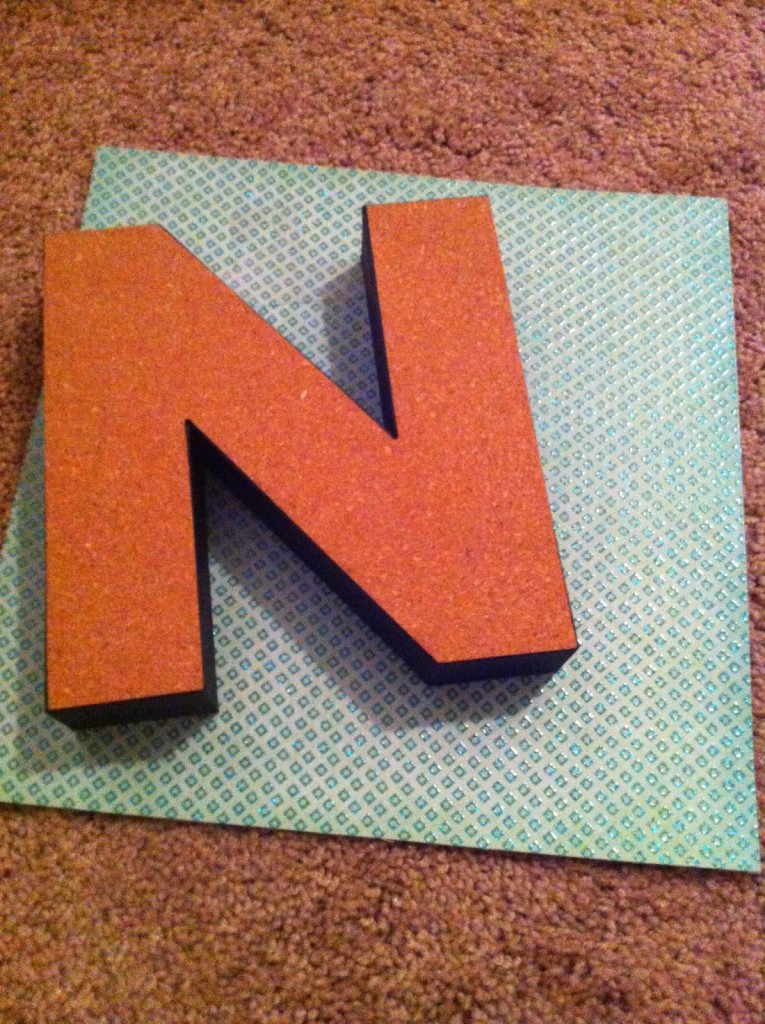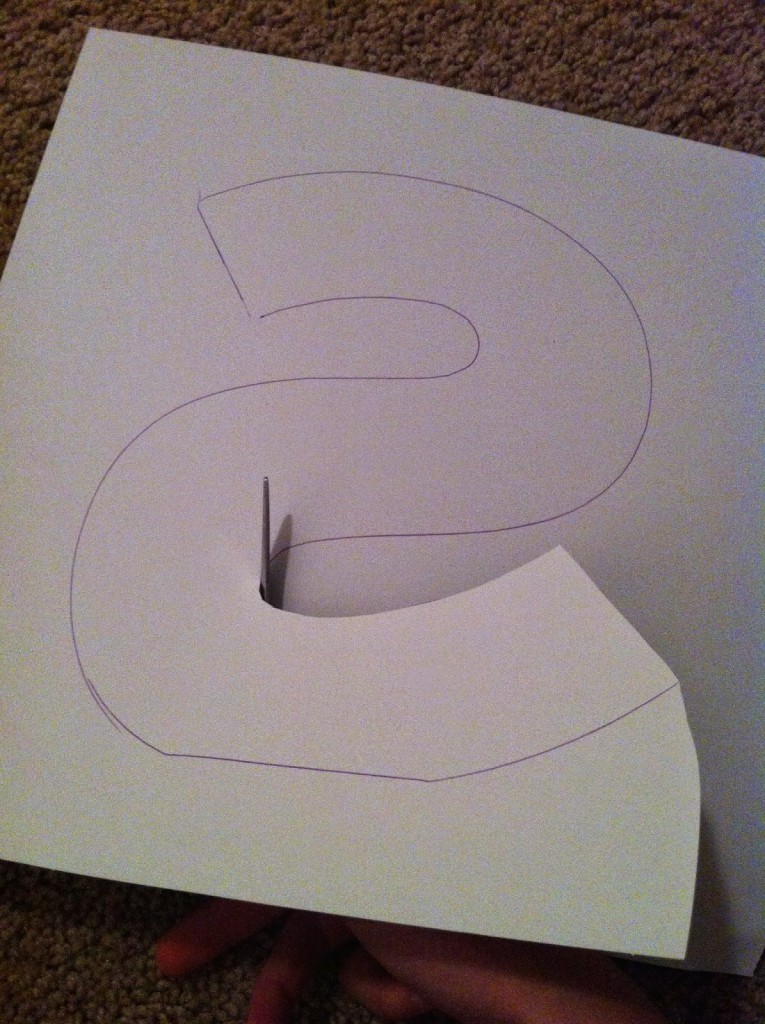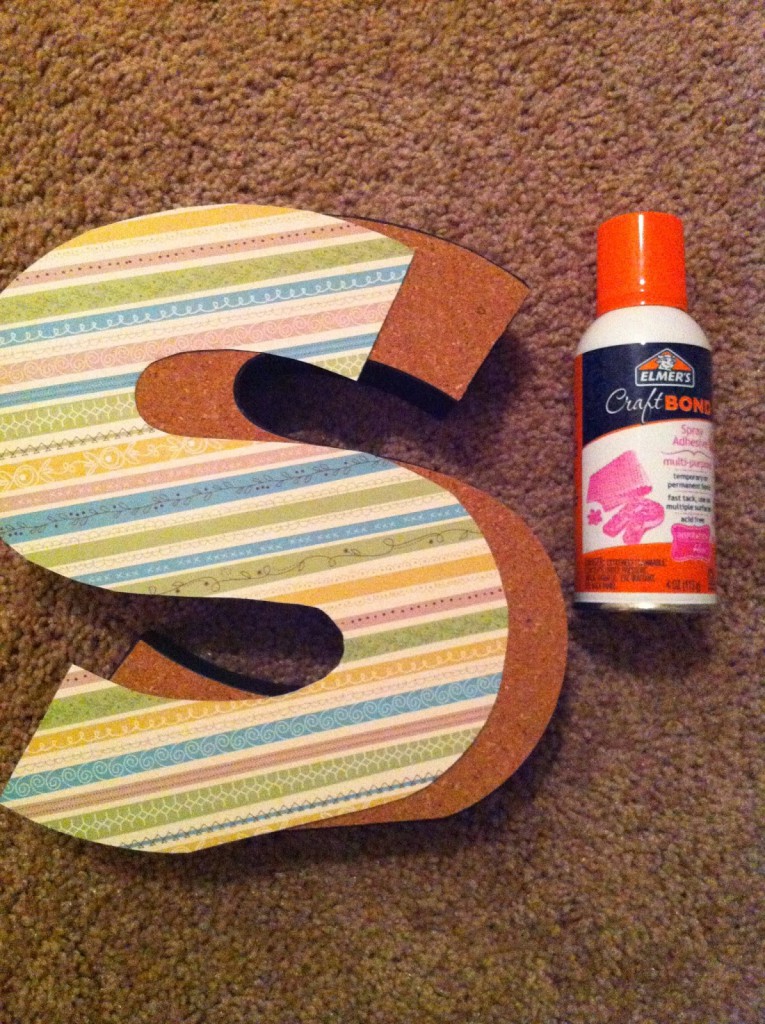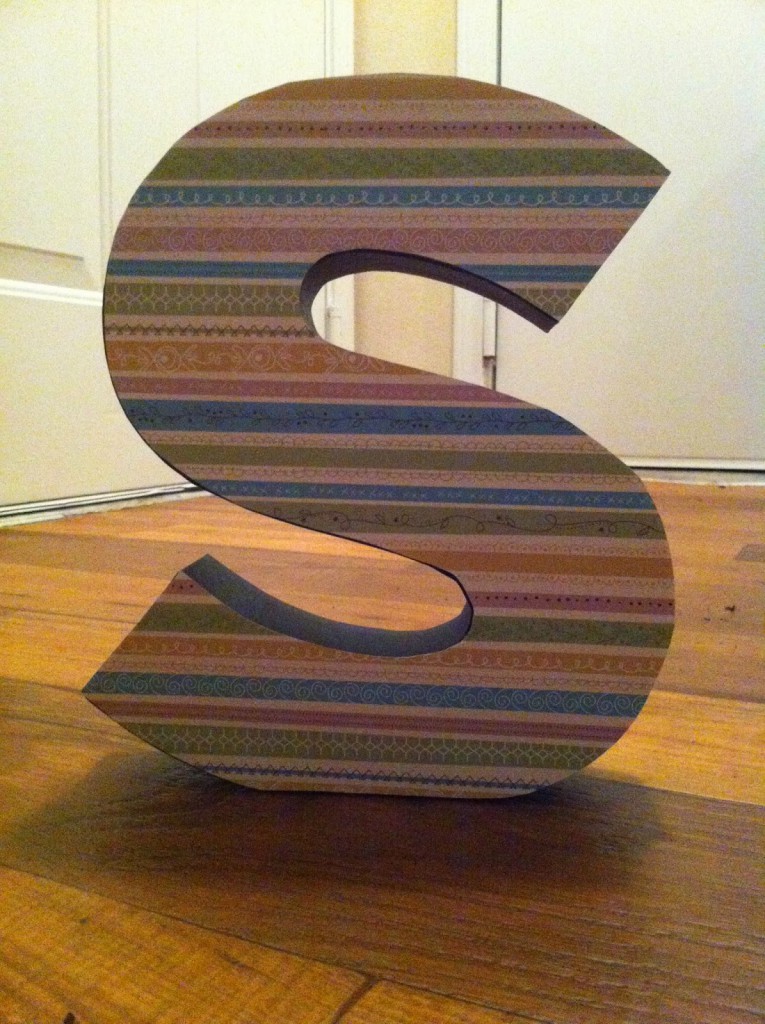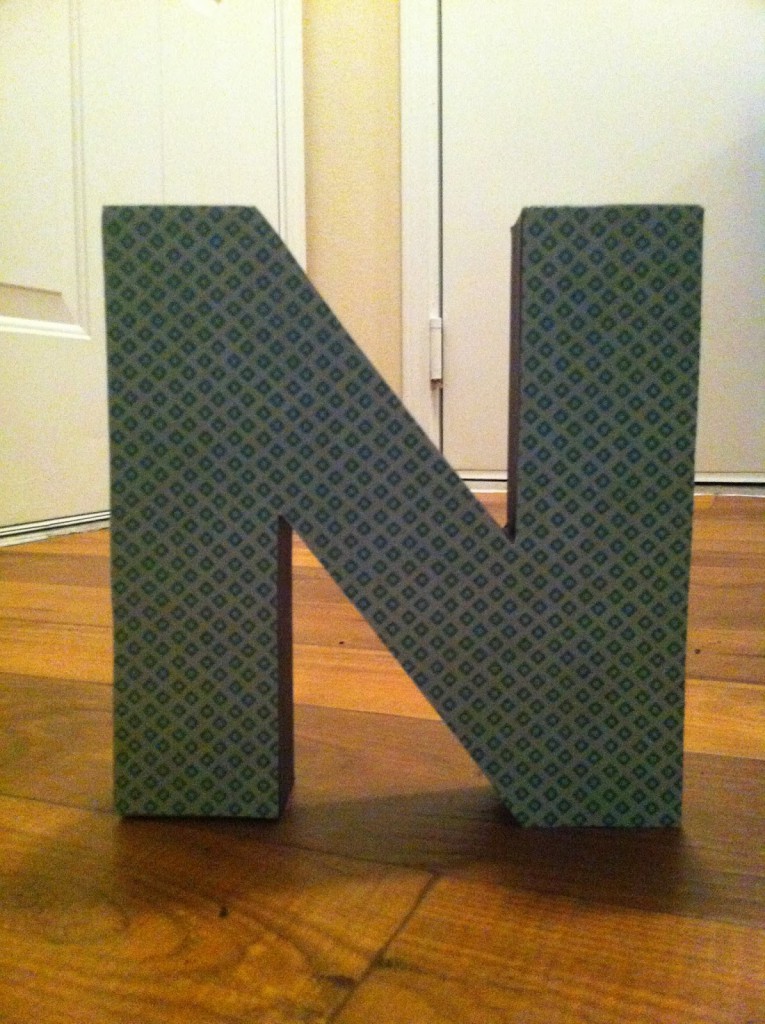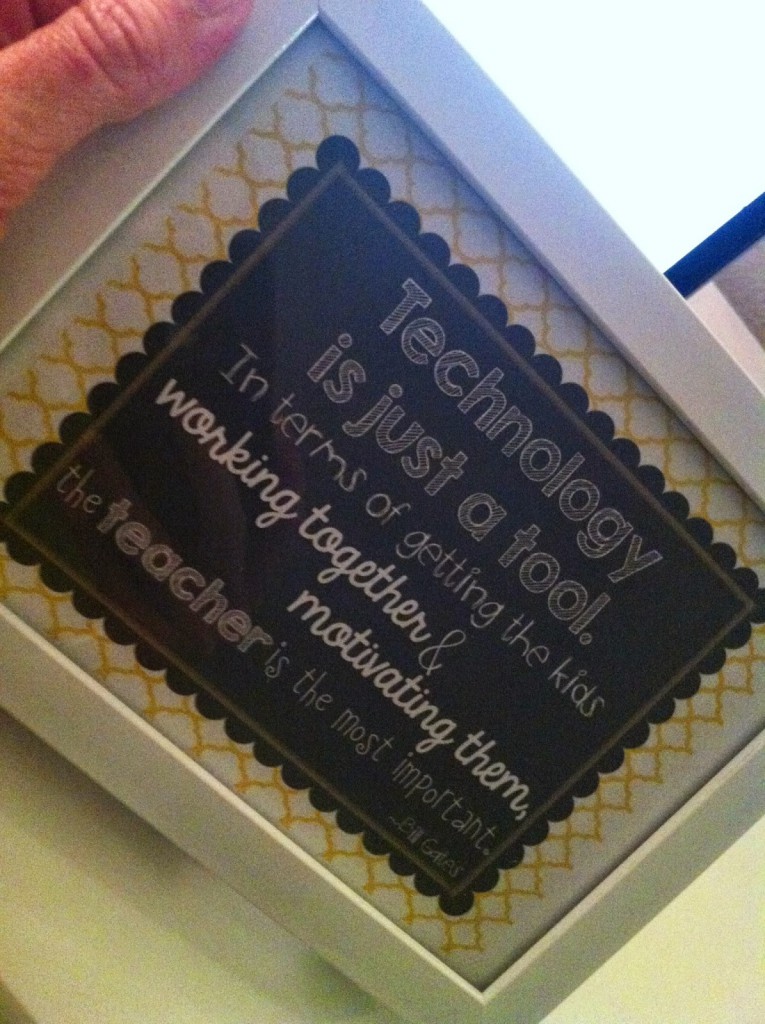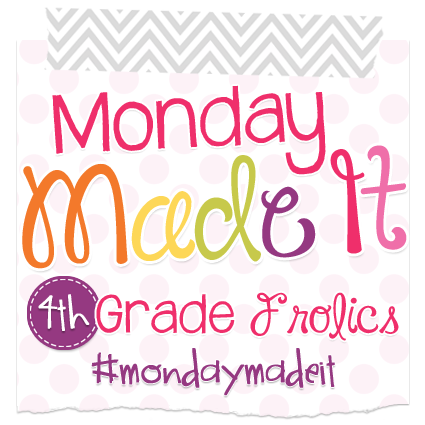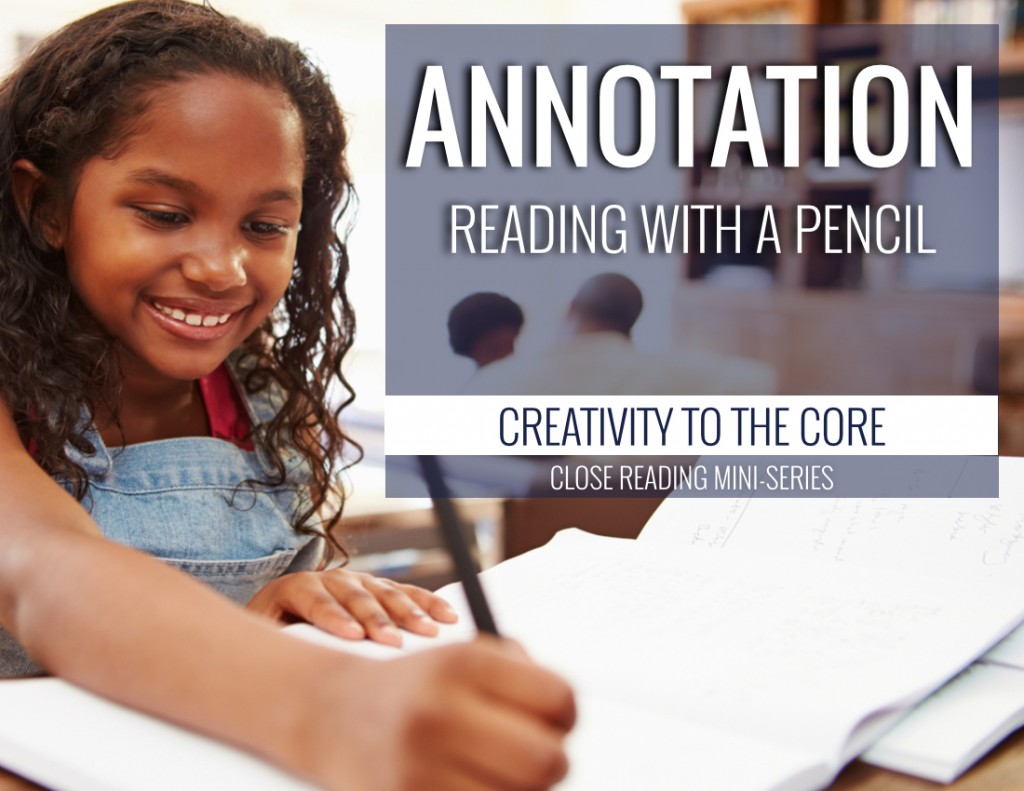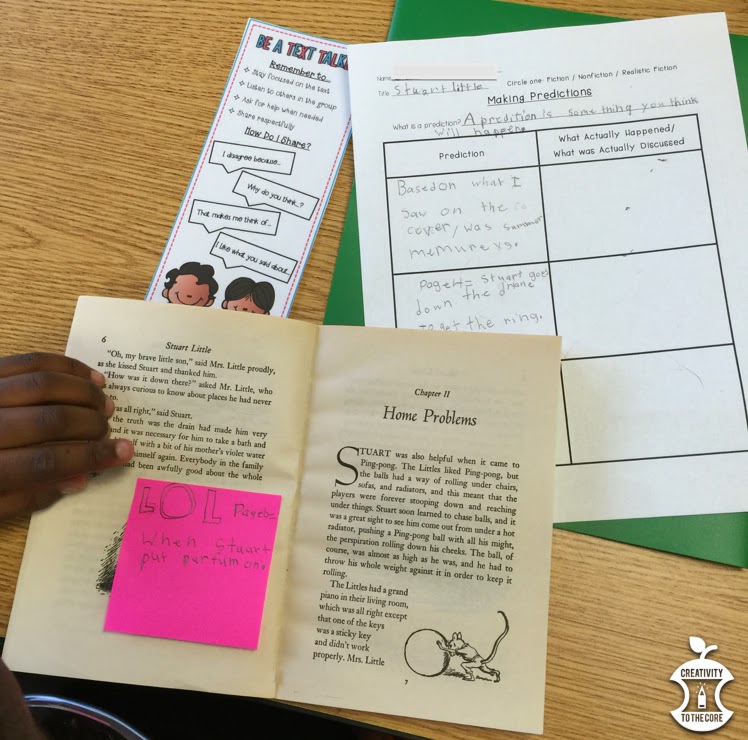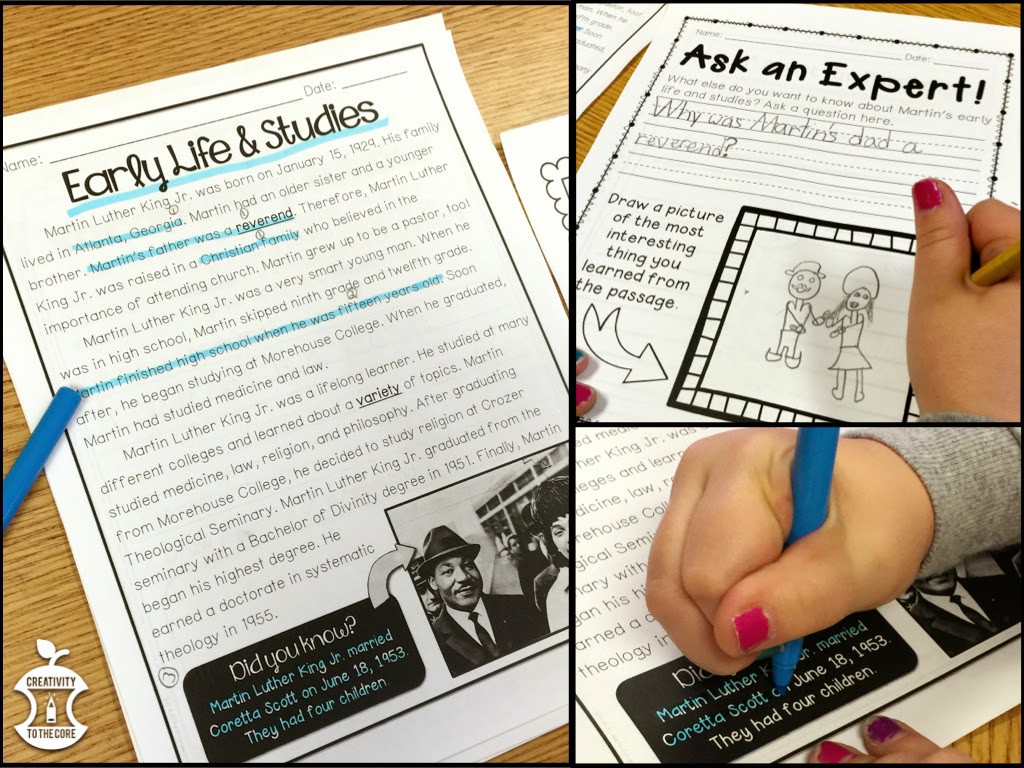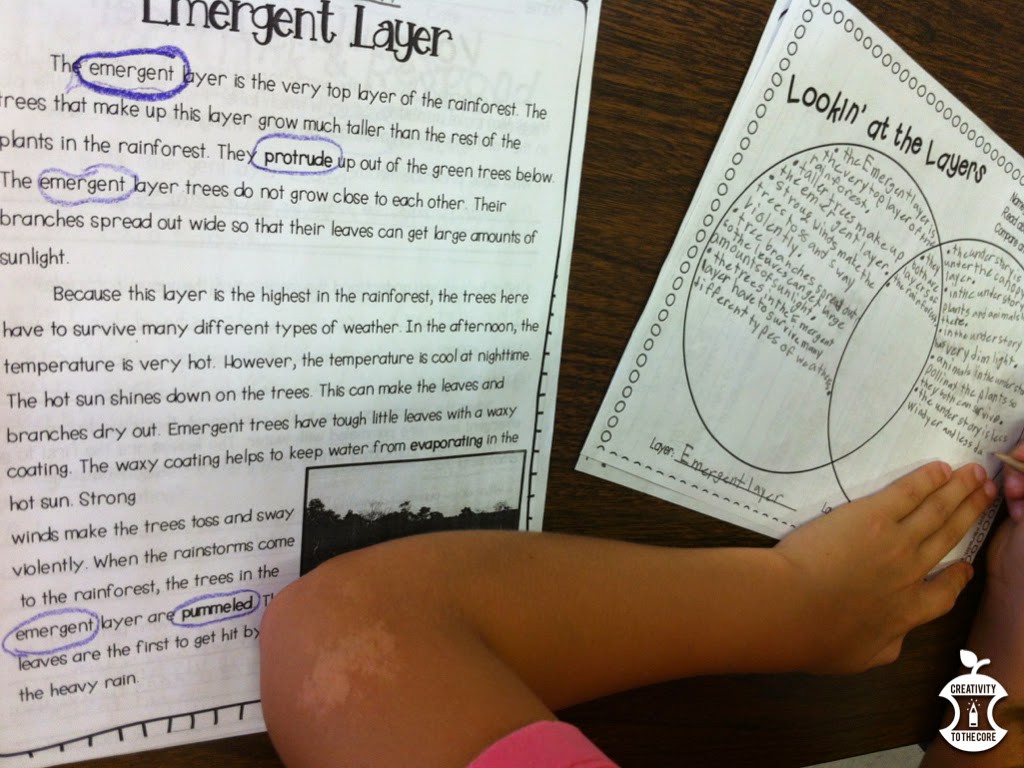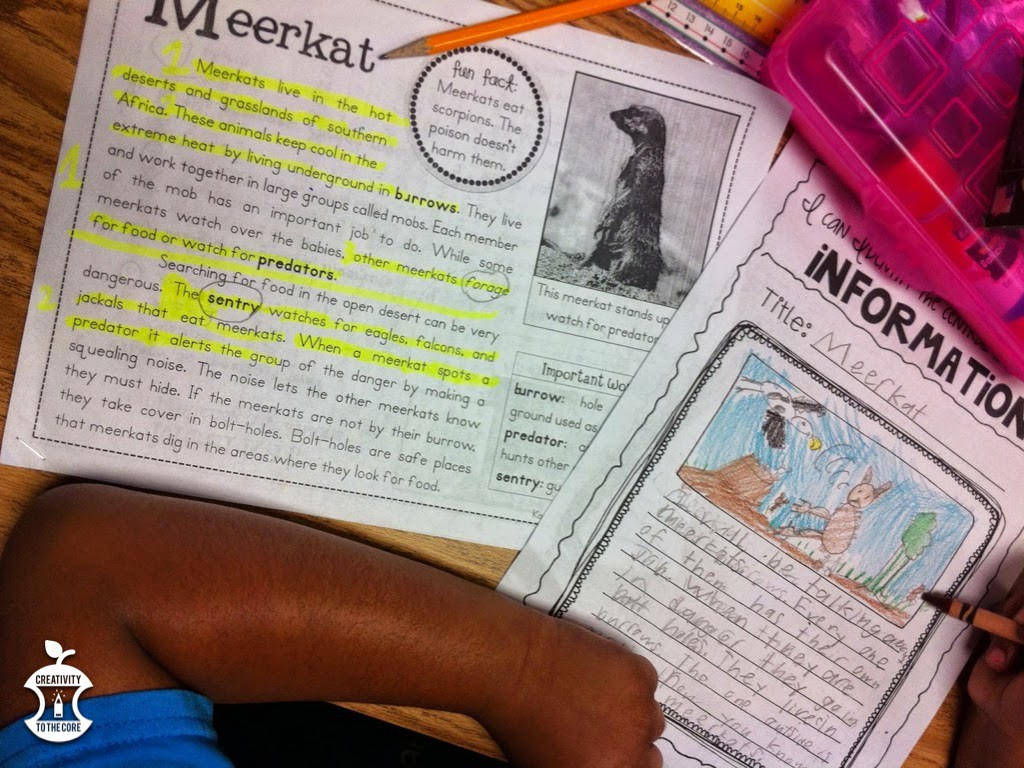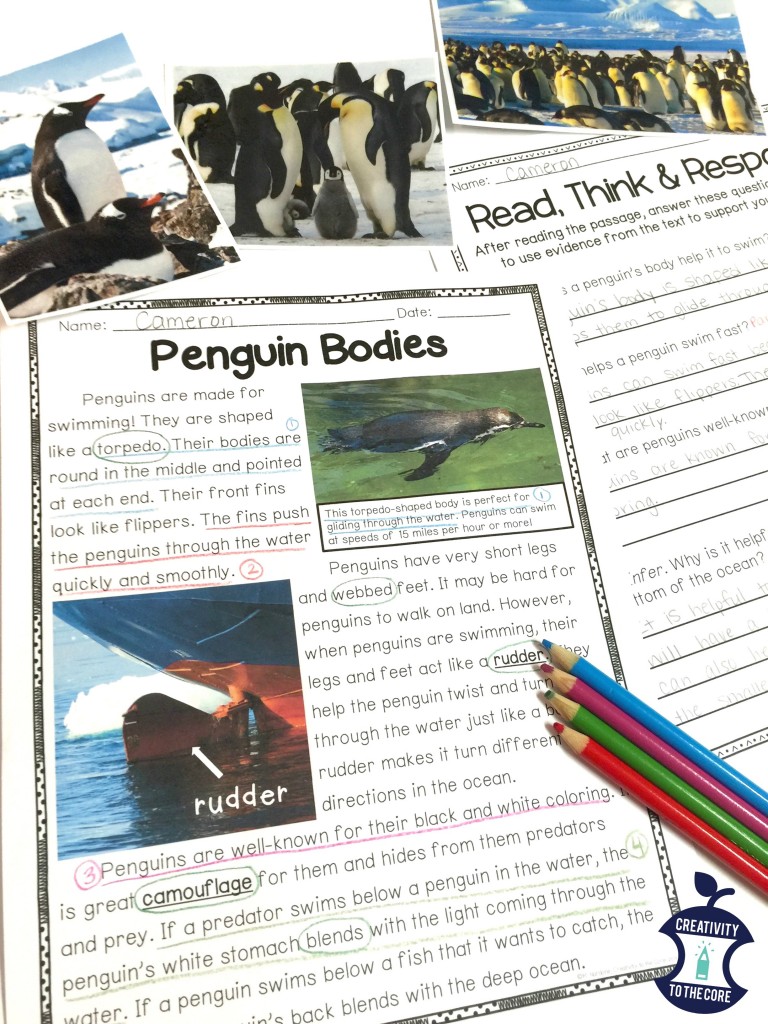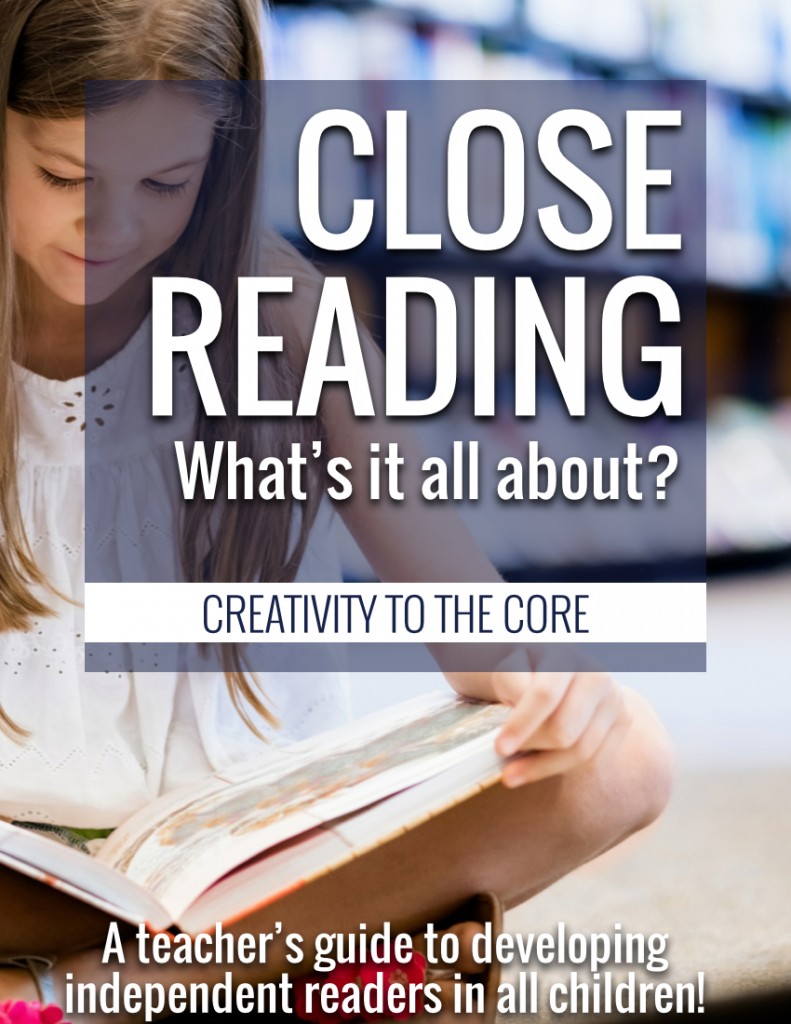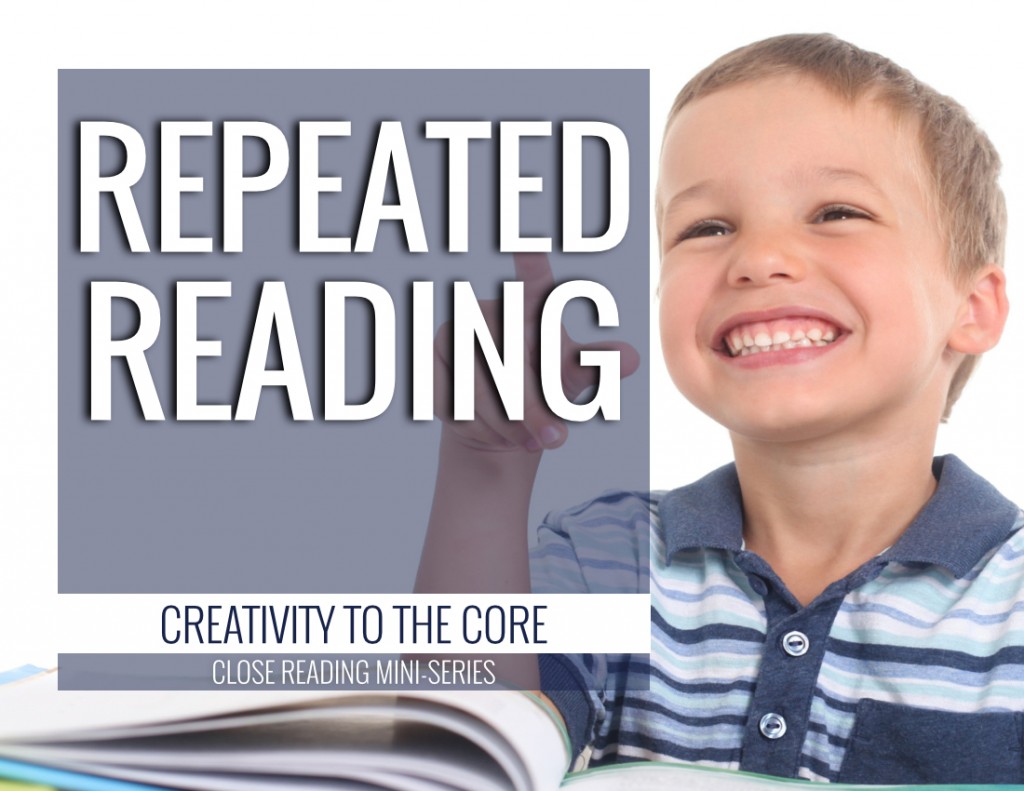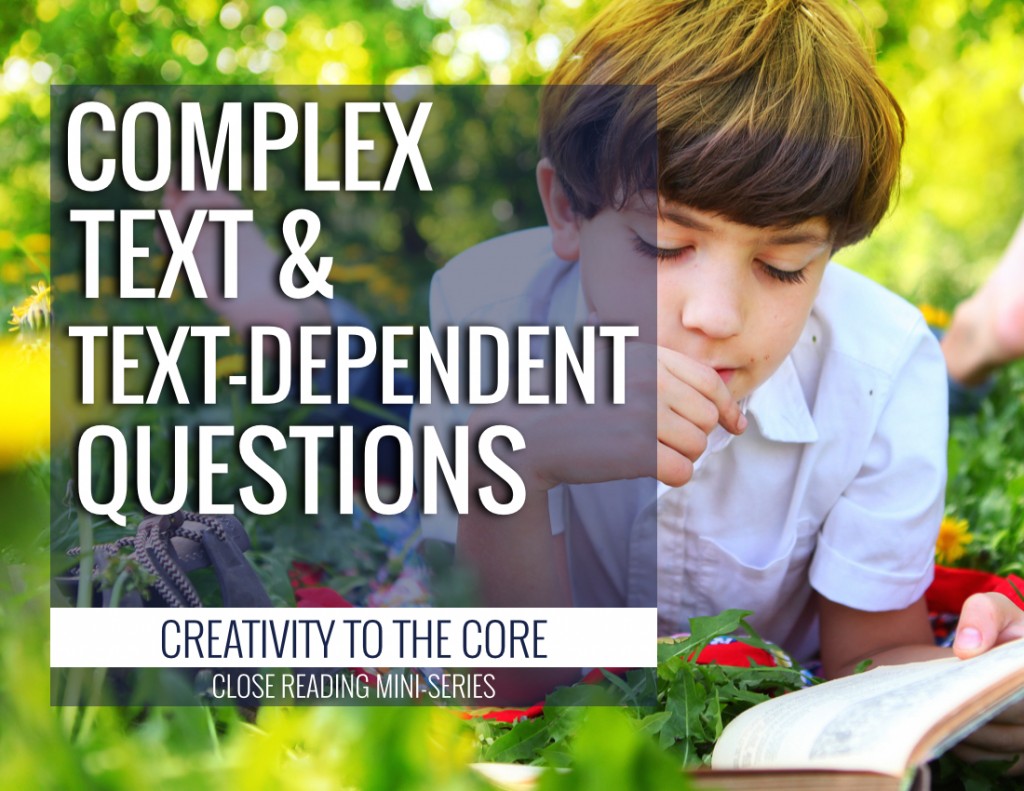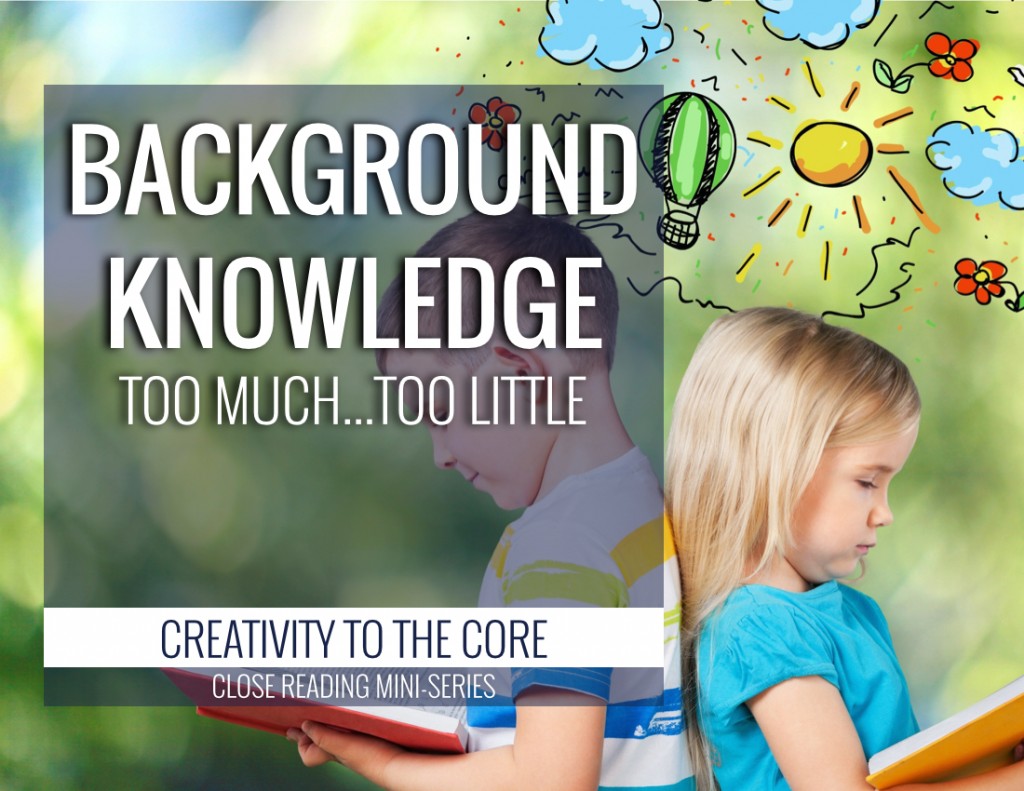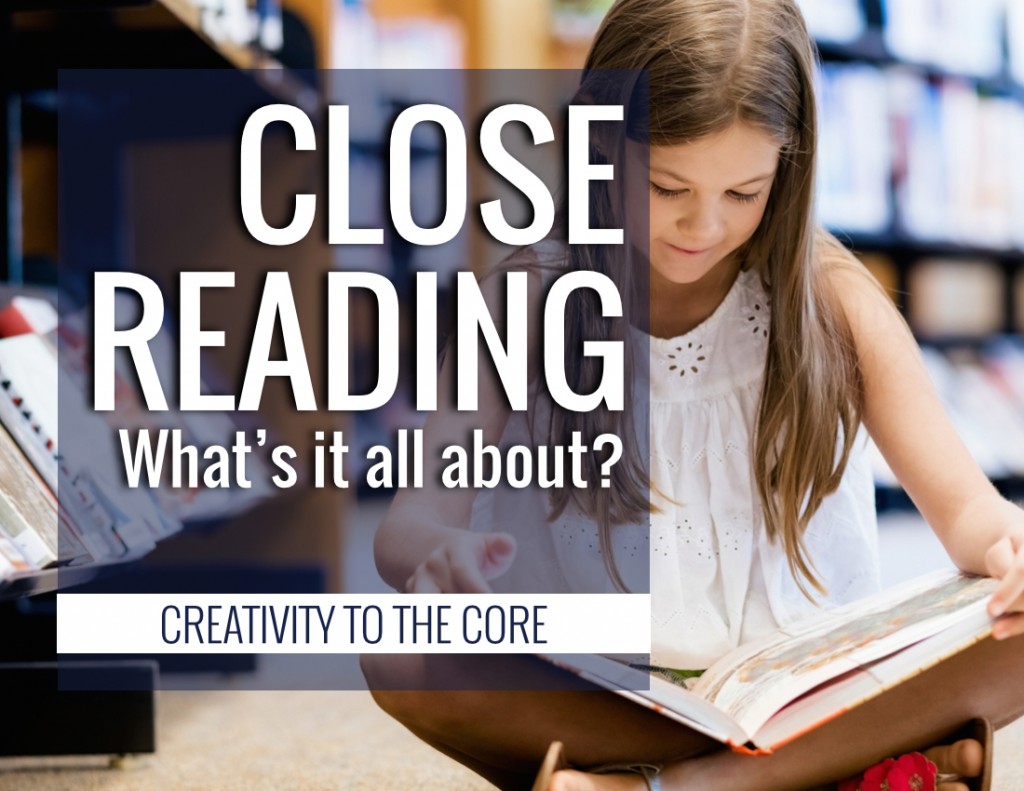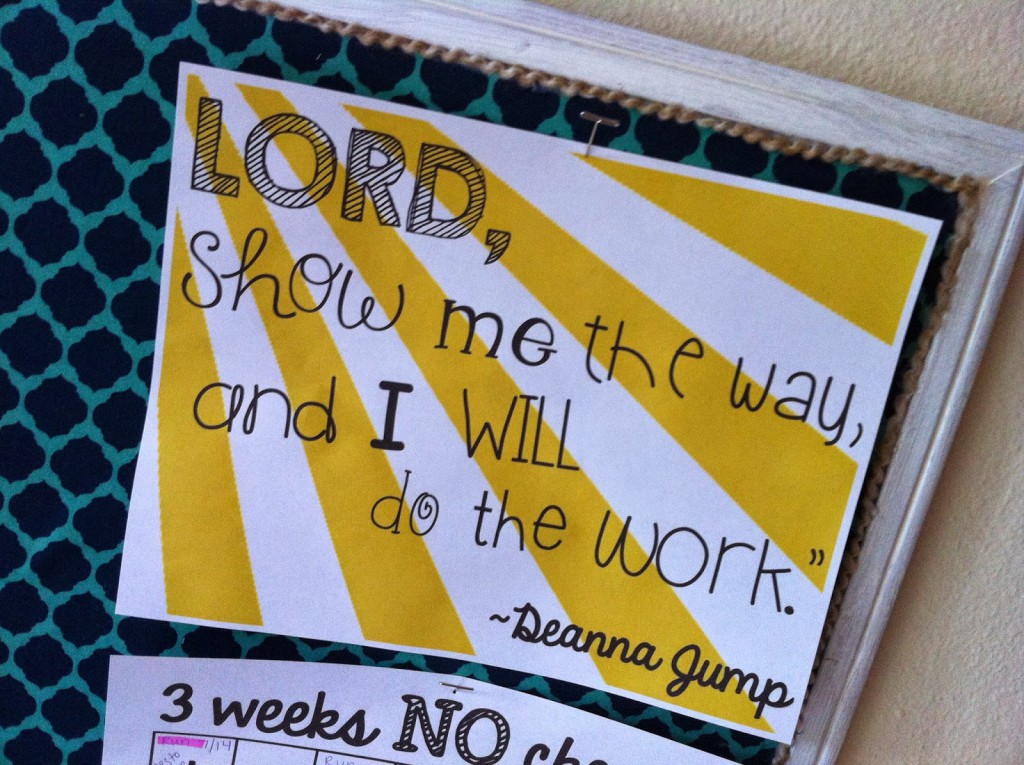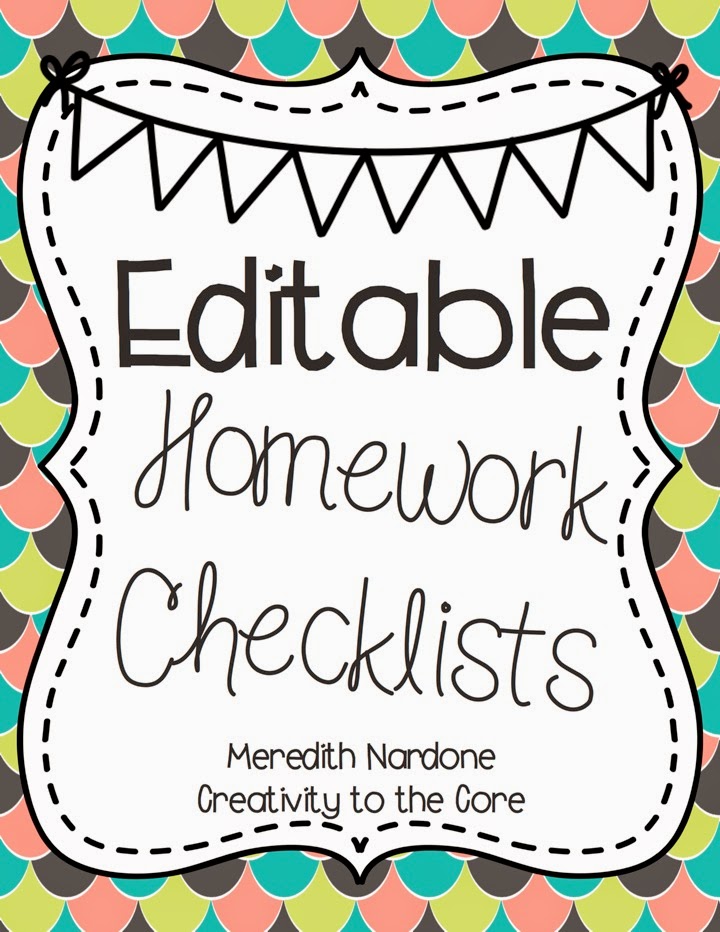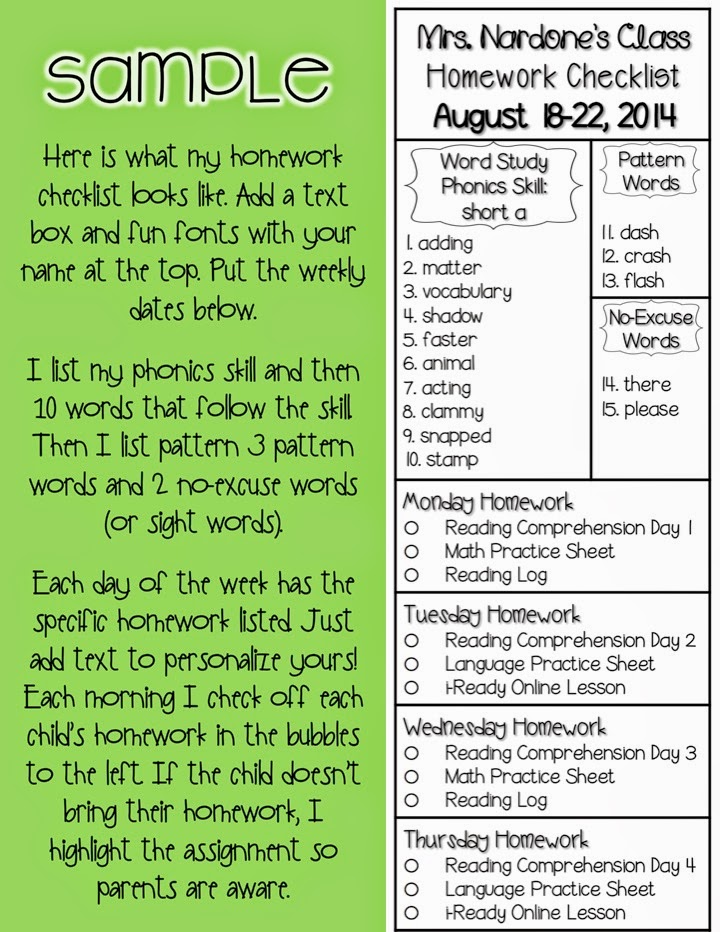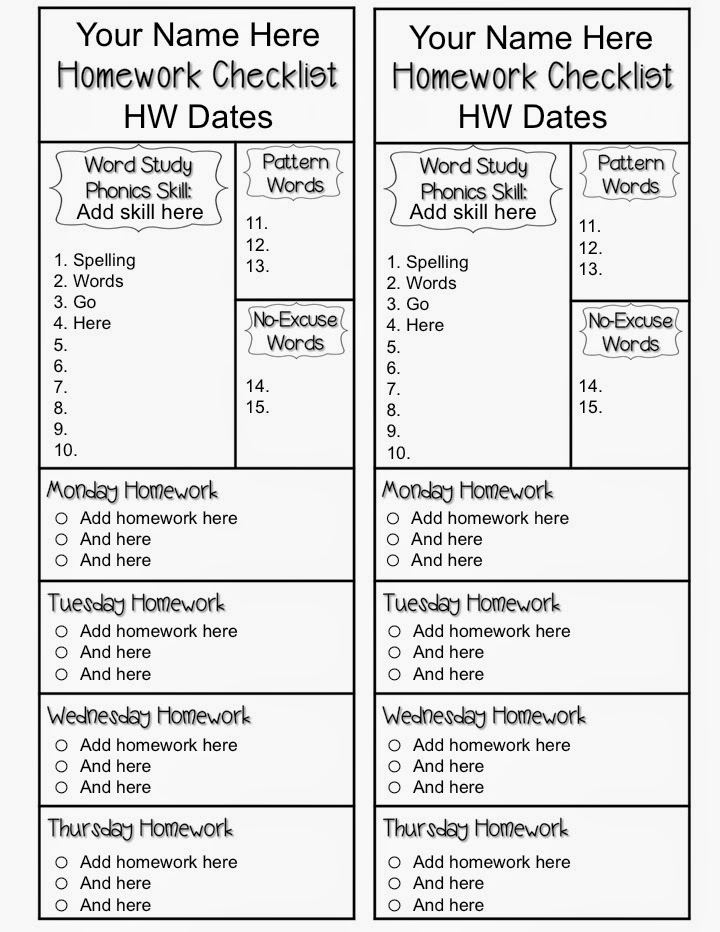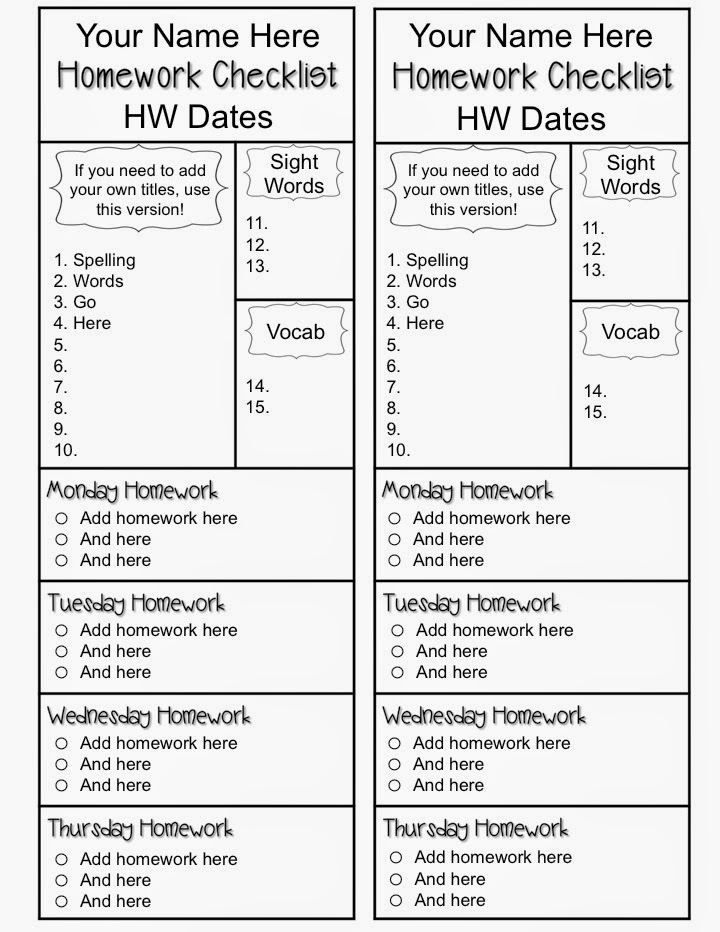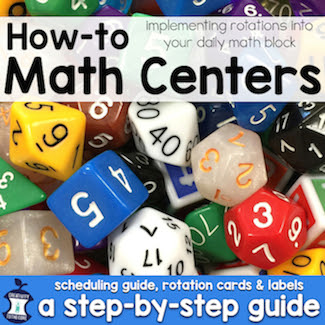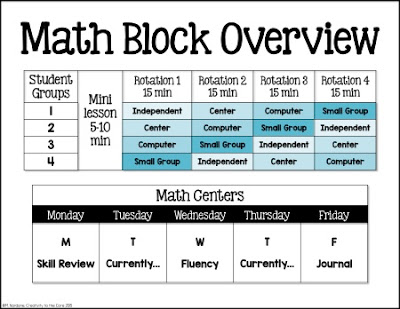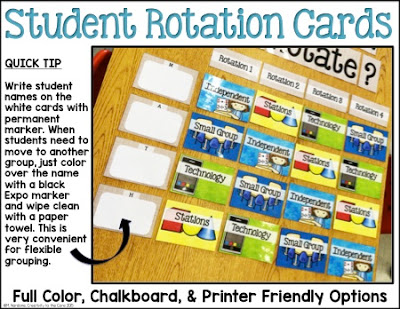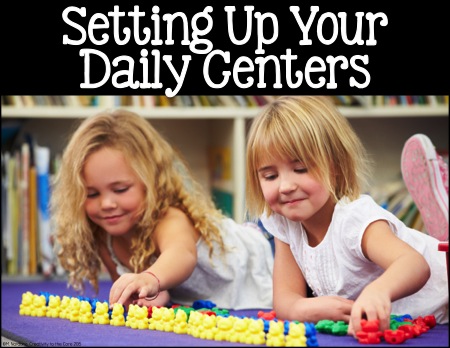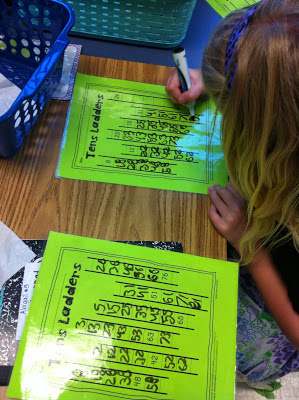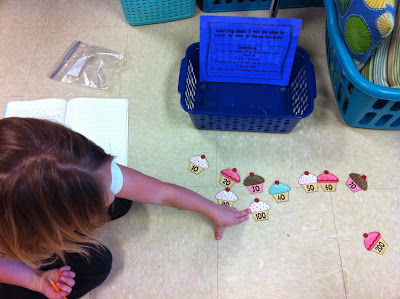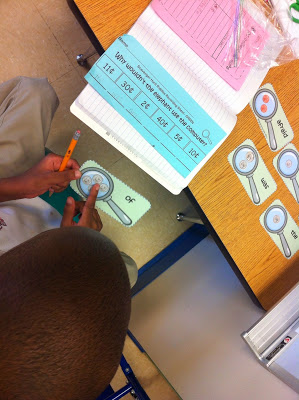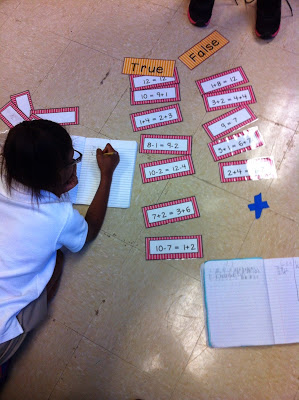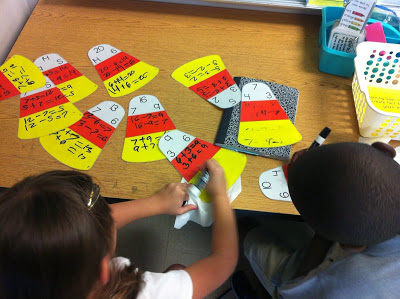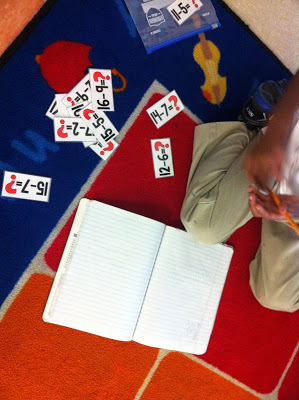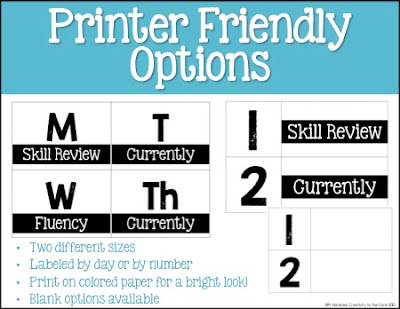Welcome to the Sunshine State! Enjoy yourself as you take a tour around our wonderful {and large!} state! Grab some freebies along the way, and be sure to enter to win our Bundles of Sunshine!
I have always lived in sunny South Florida. I moved to Coral Springs when I got married about a year and a half ago. Before that, I lived 30 minutes east, in Ft. Lauderdale, right by the beach. It was wonderful.
 |
| Ft. Lauderdale Beach |
This beach was my second home growing up. My mom still practically lives there. Last year, we ran the Ft. Lauderdale Half Marathon together right on this road. It’s such a beautiful place to enjoy the day, and the little restaurants across the street are just to die for!
 |
| Sawgrass Mills Outlet Mall |
Now that I live 30 minutes inland, which is more residential/suburban-like, I don’t get to the beach as often {although I should!}. Coral Springs is known for being close to the Sawgrass Mills Outlet Mall. It’s an outlet mall that has basically every store imaginable, restaurants, and a movie theater. The far west side of Coral Springs backs up to the Everglades. There’s a fun bike path on the edge of the Everglades, that I would love to try sometime, but haven’t yet. Each year, we take the kids on a field trip to different parks that run air boats on the Everglades. If you’ve ever seen the show Gator Boys…It’s just like that. They kids LOVE seeing the wild plants, animals, and alligators!
 |
| The Florida Everglades |
This weekend, we have freebies for you to enjoy! Stop by each of our blogs for an activity or idea to use in your classroom. I have not one, but TWO freebies for you. To grab them, just click the images below!
This freebie is so convenient when teaching opinion or persuasive writing! Plus, kids absolutely adore the book, Hey, Little Ant by Phillip & Hannah Hoose.
And this freebie is a quote from the TpT Vegas conference. Deanna Jump is our teaching inspiration! Love her!
Also, check out my close reading packs. These are my absolute best sellers. They are all on sale for this weekend only!
Click the image above and be sure to check out the larger previews of these passages in my store!
Here is an example of the larger previews. This is my brand new pack all about our wonderful state of Florida! It is on sale this weekend also!
The Florida teachers below have two fantastic giveaways for you! You can enter once from each one of our pages. All you have to do is follow my blog! Hop around to all the blogs listed below, and be sure to follow them to get more entries. The more entries you have, the more likely you are to win! Each pack also includes a Starbucks gift card (because, well, a teacher’s gotta have a coffee!).
Come find out more about the beautiful state of Florida by reading about these other sweet teachers!

